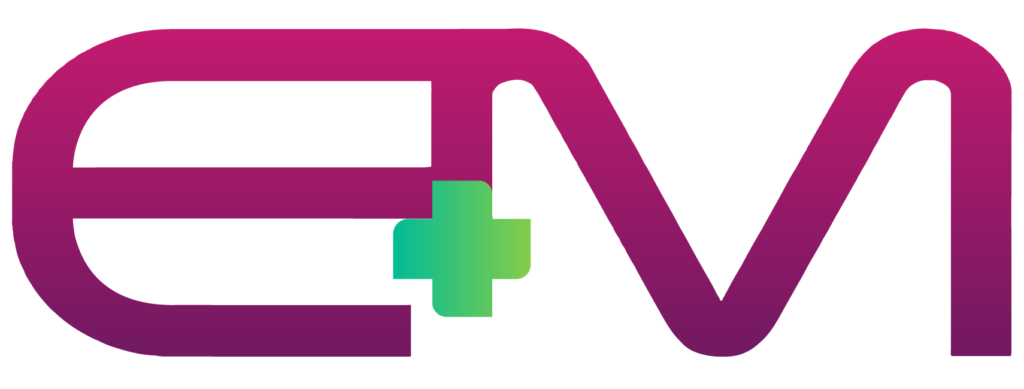In today’s significantly interconnected globe, the capacity to function collaboratively is an essential ability. As conventional educational standards advance to meet the needs of the 21st century, joint knowing emerges as an essential concept. This post delves into the details of joint learning, exploring its benefits, methods, and challenges, while providing insights into exactly how it forms modern-day education.
Collective learning exceeds merely interacting.

It symbolizes an educational strategy where people engage in a cumulative effort to get knowledge, solve troubles, and attain a common objective. This method emphasizes the worth of variety in thought and cultivates deeper understanding via interaction and common experience.
The Advantages of Collaborative Learning
Collaborative understanding provides a myriad of advantages, making it a popular strategy in educational setups around the world. Among the primary benefits is the enhancement of vital believing abilities. As learners engage with peers, they are subjected to various perspectives, encouraging them to review and analyze info more critically.
An additional significant advantage answers is the renovation in interaction abilities. Collaborative understanding environments demand energetic listening, articulate expression of concepts, and respectful discussion. These skills are indispensable, not just academically, however in professional and social contexts too.
Cognitive advancement is likewise especially bolstered with collaborative initiatives. Interacting requires learners to express their thinking, obstacle assumptions, and incorporate different point of views, leading to much deeper cognitive processing and retention.
- Improved crucial thinking
- Improved interaction skills
- Enhanced cognitive advancement
- Greater retention rates
- Fostering of social and leadership abilities
The cumulative impact of these advantages is an extra all natural academic experience. Learners not just acquire knowledge yet also develop vital life skills that prepare them for future collaborative endeavors in any area.
Approaches for Efficient Collaborative Learning
Executing collaborative learning successfully requires thoughtful strategy and preparation.
Educators has to develop an environment for cooperation, where learners really feel secure and inspired to get involved honestly. Here are some strategies that can assist in successful collaborative understanding experiences.
Firstly, establishing clear objectives and assumptions is extremely important. When learners understand the objectives and their functions within the team, they are most likely to engage meaningfully. Educators should interact these objectives clearly and guarantee they are aligned with the educational program.
Secondly, using varied team structures can enrich the discovering experience. By differing group structure, whether by skill degree, rate of interest, or background, instructors can stimulate vibrant interactions and an extra thorough understanding of the material.
Obstacles in Collaborative Learning
While collaborative knowing provides many benefits, it is not without its difficulties. One typical issue is the disparity in group participant participation. Some individuals might dominate conversations, while others may be less likely to contribute, leading to a discrepancy in the learning experience.
- Inconsonant levels of participation
- Prospective for dispute
- Time administration difficulties
- Varying levels of commitment
Furthermore, conflicts can occur as a result of varying opinions, working designs, or misunderstandings. Educators needs to be geared up to manage these problems effectively, promoting an environment where considerate dialogue dominates.
The Duty of Innovation in Collaborative Learning
In the electronic age, technology plays a critical role in facilitating joint understanding. On-line platforms break geographical barriers, permitting individuals from diverse locations to team up in actual time. These tools offer a wide variety of attributes that boost joint initiatives, from shared files and discussion online forums to virtual conference rooms.

Modern technology not just expands the range of who can take part in collective learning however likewise enhances the high quality of interaction. Learners can access a wider range of resources, engage with interactive content, and use their understanding in ingenious methods.
Future of Collaborative Discovering
Looking ahead, the future of joint knowing shows up encouraging. As educational institutions remain to welcome modern technology and introduce instructional methods, cooperation will likely come to be a keystone of learning experiences whatsoever degrees of education.
Eventually, the essence of collective knowing hinges on its capacity to equip people via shared effort and good What was the Haudenosaunee Leage? understanding. As we move forward, cultivating these experiences will be important in preparing learners not simply to prosper academically, however to prosper in a facility, interconnected globe.
